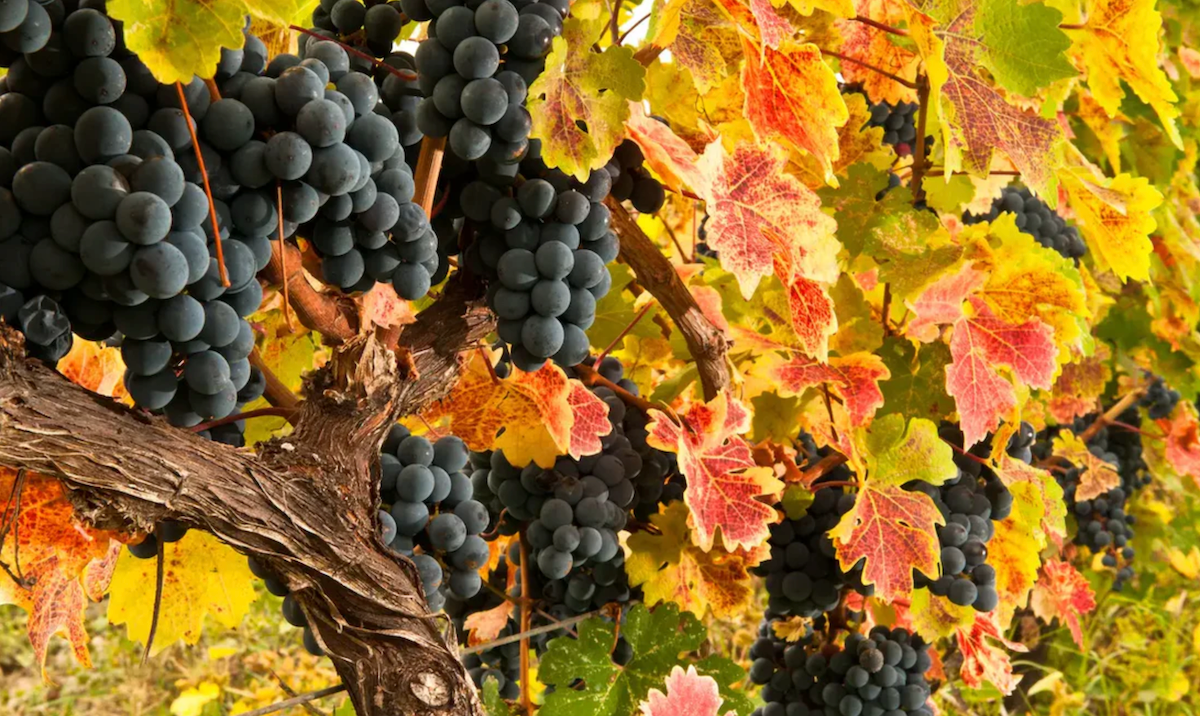Your basket is empty
Already have an account? Log in to check out faster.
Wine Club
A wine club membership designed for the intrepid explorer and tastemaker, or anyone looking to drink something new and delicous. With each shipment, you will discover extraodinary and unique wines, and the stories behind these passionate winegrowers and the regions they call home.
From $98.00
Curated Collections
Choose your own wine adventure with our 4-, 6- and 12-bottle Curated Collections. Ideal for enhancing your personal cellar or giving as thoughtful gifts. Shop by Occasion, Region, or Staff Favorites, and explore the diverse and extensive Vinalia portfolio today.
Bottle Shop
Embark on a journey through the world of wine, one grape at a time. Our Bottle Shop showcases the hidden gems of lesser-known wine regions, granting you access to incredible wines rarely found in the US.
Seasonal Sips
Cozy up this season with our Wines of Winter Collection, featuring rich, warming bottles perfect for chilly nights and festive gatherings.
Gift Guide
Shop Vinalia's wine gifts for all of the wine lovers in your life. From your favorite bottles to one-off collections and gift cards, all include a custom note. Gifting wine just got easier.
Corporate Gifting
Whether it’s for your team, clients, or partners, Vinalia’s handpicked wine collections offer a personal and unforgettable way to say thank you. We offer white glove service to ensure that every detail is accounted for, and we’ll streamline the whole process for you to make gift-giving simple.
Wine Tastings
At Vinalia, we believe every bottle tells a story, and our wine tastings bring those stories to life. Led by certified wine experts—including our co-founders, Bryce Wiatrak (Master of Wine candidate) and Mary Collineau (WSET Diploma candidate)—our tastings are engaging, educational, and anything but boring.
Our Producers
We source wines from winemakers across the globe who honor their land, history, and traditions. Their passion, dedication, and expertise are evident in every bottle we offer. Explore their stories here and discover the unique grapes they cultivate, as well as the regions they call home.
Our Story
Our goal is to shed light on the people, regions, and traditions that make up the incredibly diverse world of wine today. For we believe that great wine can come from any grape, any region, and any one. Read Our Story here.
Our Recipes
Just as the world of wine is vast and diverse, so too is the culinary landscape, though many local delicacies remain unrepresented here in the US. Our recipes honor the culinary traditions of the regions we source from, highlighting dishes that complement our wines.
Our Journal
Planning a trip to Greece and want to learn about its top wine regions and grapes? Or are you looking to discover 10 new Italian grapes to try? Discover answers to these questions and more in Our Journal, our weekly blog dedicated to all things wine.
Cultivar Club
Vinalia's Exclusive Loyalty Program. Join the club and be rewarded with exclusive discounts, club member perks and more!

Wine is among the most ancient of human traditions—connecting us across countries and cultures and civilizations. Technologies have dramatically evolved, but the basic underlying principles of wine production remain unchanged since antiquity. Still, how did wine come to be?
Archaeologists, anthropologists, chemists, historians, and wine experts continue to debate an answer to that lofty question. Here is what we know.
There exist several competing ideas as to why and how the very first wines were created, leading to the domestication of the grapevine. One leading example is the Paleolithic hypothesis. According to the theory, early hunter-gatherers during the Paleolithic era would have scoured the forest in search of food. Vines, by nature, are prolific climbers, wrapping themselves around trees reaching toward the forest’s canopy and the sunlight. (Arboreal viticulture of this design is still performed today and is notably an important tradition in Bolivia.) Humans would readily notice the vine’s fruit, harvesting the clusters.
Although the location of the first wine cannot be determined, scientific findings suggest that the most important species of grape, Vitis vinifera, is indeed native to the Caucasus—somewhere around Georgia, Armenia, or Eastern Turkey. Of the world’s 10,000 different grape varieties, approximately 6,000 of them are of the vinifera species. These include everything from famous names like Chardonnay, Pinot Noir, and Cabernet Sauvignon to Karmrahyut, Moschofilero, and Fetească Neagră. While not all fine wine is made from vinifera, the vast majority is yielded from its cultivars.

You must be of legal drinking age to enter this website.
Gifting has never been easier
Perfect if you're short on time or are unable to deliver your gift yourself. Enter your message and select when to send it.